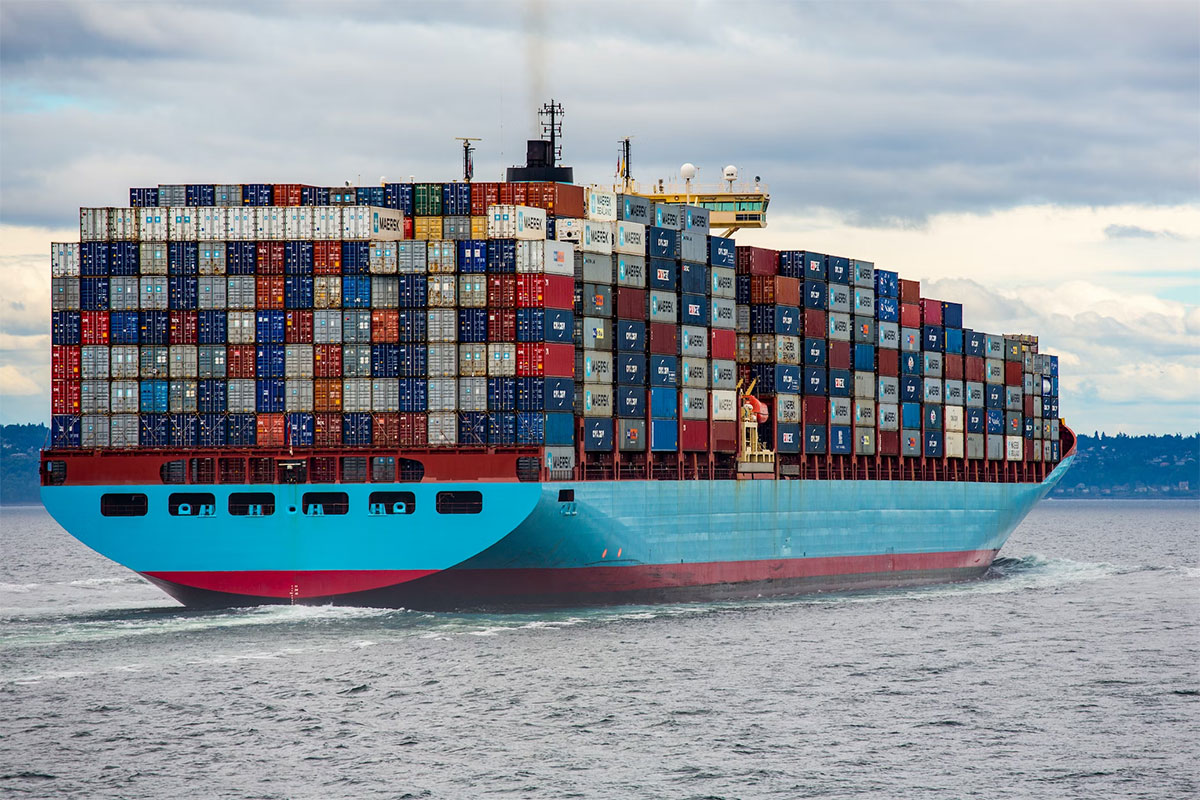Trade dictates the pace of economic momentum, and adherence to established trade rules is paramount. The recent World Trade Organization (WTO) remarks highlight a growing disregard for these rules, depicting a fragmenting global trade scenario. This fragmentation, spurred by unresolved disputes and a surge of unilateral measures, casts a long shadow on the US export and import market. As the ripple effects of these actions reverberate through the trade channels, understanding their impact is crucial for stakeholders across the spectrum.

Unresolved Disputes: A Rising Concern
The WTO flagged the accumulation of unresolved disputes as a crisis marker, with 29 cases left in limbo since late 2019 following the US’s blockage of new judge appointments due to concerns over judicial overreach. This deadlock has affected countries far and wide, from China to the Dominican Republic. The resultant stagnation within the WTO’s dispute settlement system poses a stern challenge to global trade governance, with implications stretching to the heart of US trade dynamics. This scenario underscores the need for a robust dispute resolution mechanism to ensure a fair and predictable trading system.
The Surge in Unilateral Measures
A notable rise in unilateral measures, as pointed out by the WTO, threatens to strip 5% of global income by fragmenting the world economy. The US, too, has felt the repercussions, with export curbs escalating significantly. While import restrictions have declined since 2018, export curbs have surged from an average of 21 per year between 2016 and 2019 to a whopping 139 last year. The “Buy American Act” is a testament to the shifting trade dynamics. It reflects a protective stance towards domestic content, echoed globally as nations scramble to secure their economic frontiers amidst the turbulence.
A Reflection of Economic Trends in Trading

In the financial sphere, traders and investors often use various instruments such as ES1 futures, futures contracts on the S&P 500 index, to gauge market sentiment and economic trends. These futures allow investors to speculate on the future value of the index, which comprises 500 of the largest companies listed on stock exchanges in the US. Still, they are becoming significantly impacted by the rule disregard on US exports and imports.
As trade rules sway, they affect these companies’ operational and financial performance, subsequently influencing price movements in ES1 futures, thus reflecting broader economic and trade sentiments. This interplay offers valuable insights for stakeholders navigating the evolving trade dynamics.
As nations grapple with the evolving trade scenario, establishing robust trade rules becomes ever more critical to foster stability. The ongoing developments underline a pressing need for a renewed drive towards re-globalization, a sentiment profoundly echoed by the WTO. This endeavor towards a harmonized global trade landscape highlights the significance of adherence to a rules-based system.
With a quest for such a system taking center stage, the journey towards resolving trade concerns and fostering a conducive environment for US exports and imports continues unabated. The narrative of trading intertwined with these trade dynamics serves as a testament to the interconnected fabric of global trade and finance. This intricate interplay underscores the essence of a harmonized trade ecosystem, crucial for global economic resilience and prosperity.









